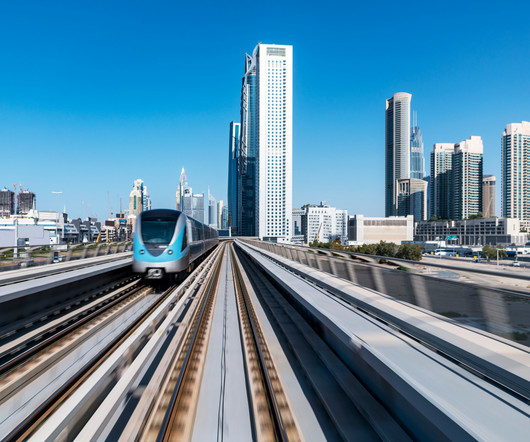How AI is helping companies meet sustainability goals
IBM Big Data Hub
JULY 26, 2023
When I started a role as a leader for sustainability in Expert Labs , our professional technology services organization, I saw the potential for AI to help with energy efficiency, decarbonization , and waste reduction. Discover the current and emerging use cases for AI in waste management, optimization, energy reduction and ESG reporting.













Let's personalize your content